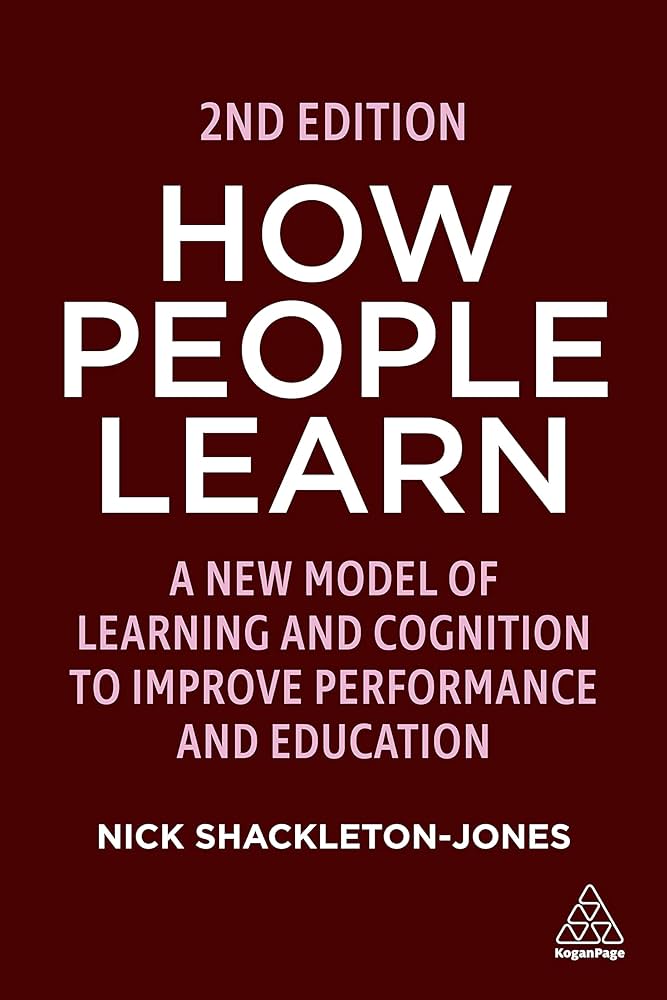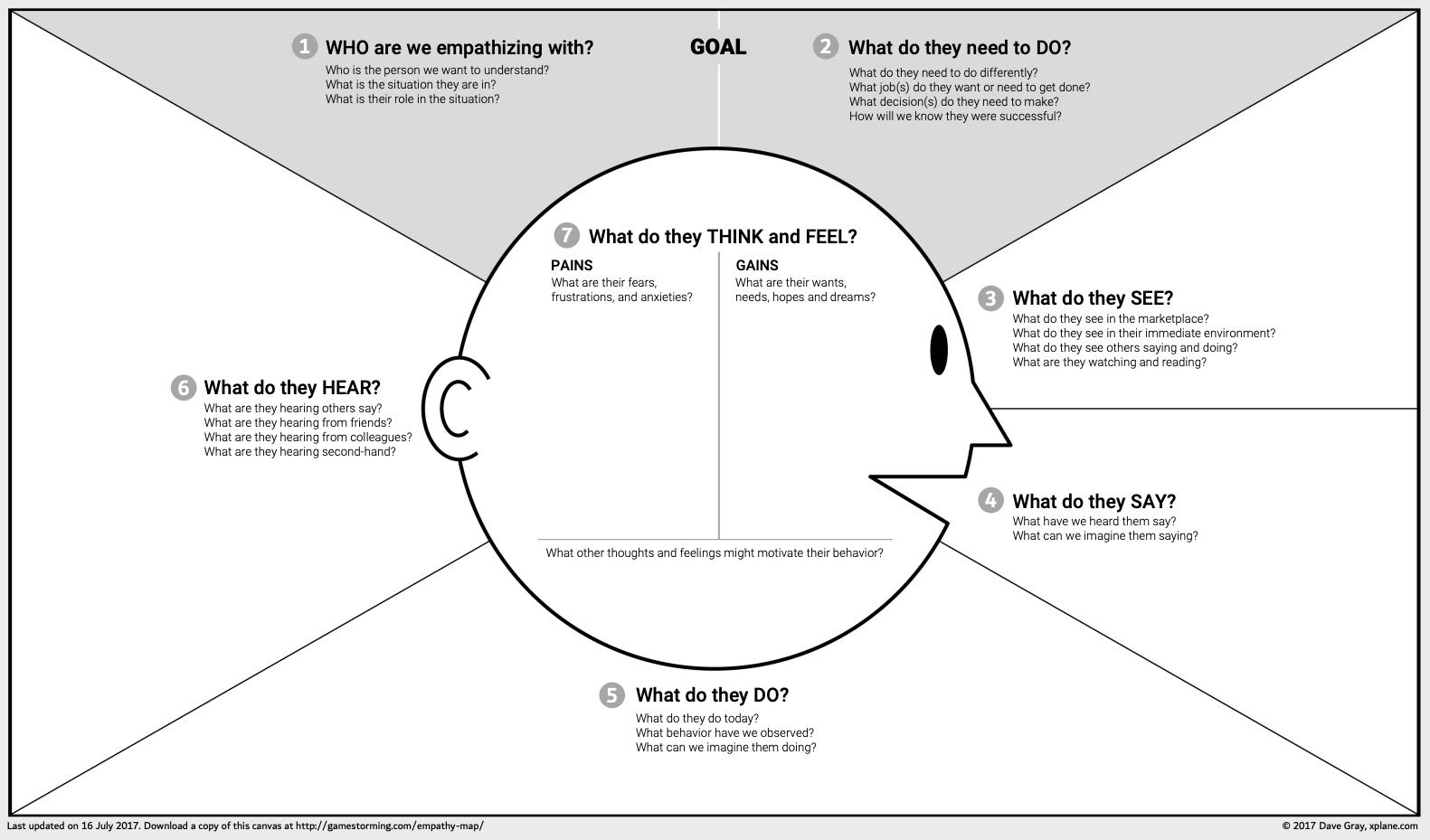Hey friend,
Can you believe we’re already starting our third email course this year?
After learning why email courses are great for learners and creators and how to find ideas for individual content pieces, we will start designing our first course this week.
I like to approach creating a course from a design thinking perspective. This is different from how teachers typically design a course; most start with "learning objectives" or break down topics using Bloom's taxonomy.
Design thinking is a creative process focused on understanding people’s needs and solving problems. It involves five stages: Empathize, Define, Ideate, Prototype, and Test. This approach is all about putting people first to create solutions that really work for them.

In 2020, I discovered the book How People Learn by Nick Shackleton-Jones. By then, I already had some experience with design thinking through my role as a product owner in a software company. And until then, most of how I taught could be best described as “info dumps.” But reading, rereading, and studying this book completely changed my teaching.
How People Learn taught me how to apply design thinking to learning experiences, which I’ve been doing since. Instead of creating videos for everything, I’m now more biased towards text. And instead of trying to help people learn, I’m looking for where I can help people avoid learning altogether with documentation, systems, and automation.
Throughout this year, I want to cover the whole design thinking process for teaching online. But it’s impossible to show all of it in one week. So, we’ll start at the beginning with the best tool to empathize with our audience:
What are Empathy Maps?
An empathy map is a tool created by Dave Gray to discover what users truly need in a product, without making assumptions.
Unfortunately, assumptions are what plague online courses. Many course creators only think of all the knowledge they want to get into people’s heads, not about what learners truly need to know. No wonder online course completion rates are below 10% (data by Udemy).
Empathy maps guide and organize our research in a way that makes it much easier to interpret.
Here’s the Empathy Map Canvas, please take a minute to read it (though we’ll return to it several times this week):

But why would we bother creating one?
Why create Empathy Maps?
Most people taking online courses don’t care about what they'll know at the end of a course; they only care about what they can do with their new knowledge.
Unfortunately, learning objectives often keep teachers thinking about what knowledge they need to transfer, not what their students need to do after a course.
By creating an empathy map, we get to deeply know our audience and look for solutions that help them, instead of creating what we want.
How we’ll learn Empathy Mapping
Tuesday through Friday, we’ll look at each of the major quadrants of empathy maps:
- Who and What. Before designing experiences, we need to know who we’re trying to help and with what. Tomorrow, we’ll use our research from last week to create a proper persona.
- See and Say. If you’ve been following along with Sales Safari last week, you’ll have everything you need for Wednesday’s lesson. We’ll use our notes to discover more about our audience’s situation by looking at what they see and say.
- Do and Hear. Everybody has something they want to do but aren’t doing. So, on Thursday, we’ll see how to discover what people are actually doing or what they hear from others they should do. Again, our Sales Safari notes will come in handy.
- Think and Feel. Dave Gray envisioned the empathy map as a journey toward our audience’s mind. So, on Friday, we’ll use our notes to look at people’s pains and what they want to achieve, completing the circle/journey.
If you follow all lessons this week, you’ll have a completely filled-in empathy map by Friday. With this map, it’ll be much easier to interview people from your audience and ensure you create products that solve real problems. But that’s something for later courses.
For now, let’s take a moment to learn from each other:
Prompt: What do you know about Design Thinking?
I know many of you have experience with design thinking — much more than I do. So, in the spirit of learning from each other, here’s my question for you:
What’s your favorite resource that helped you understand and use design thinking — and empathy maps in particular?
Please feel free to share any links or resources you have as a comment or directly by replying to this email.
I hope to read and learn from you!
—Ramses
Further learning
While we're here to learn with text, I found two videos perfectly explaining the benefits of Design Thinking and Empathy Mapping. Both are from the (excellent) YouTube channel Alanis Business Academy.
Design Thinking for Entrepreneurs
A clear and complete overview of the design thinking process (we'll cover the other stages in later email courses):
How to Use the Customer Empathy Map
While this empathy map is slightly different from the updated version by Dave Gray, the explanation of the various stages is top-notch if you ask me:




